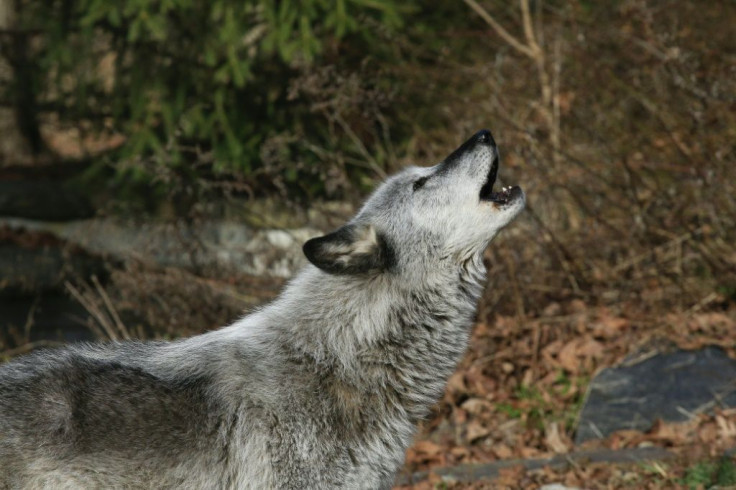Indian Wolf More Endangered, 'Unique' Than Previously Thought: Study
KEY POINTS
- Researchers sequenced the genome of the Indian wolf for the first time
- They found Indian and Tibetan wolves are distinct from each other
- The findings show southern Asian regions are important centers for wolf evolution
Researchers sequenced the genome of the Indian wolf for the first time and came across something surprising – the wolf subspecies are more unique and endangered than previously thought.
Gray wolves are among the most widely distributed land mammals in the world. Indian and western Asian wolves are considered as one population, the University of California Davis (UC Davis) said in a news release. However, the researchers of a study, published recently in the journal Molecular Ecology, sequenced the genome of the Indian wolf for the first time and found some rather surprising results.
By sequencing the genomes of four Indian wolves and two Tibetan wolves, the researchers found they are actually distinct from one another, as well as from other wolf populations.
"Genomic analyses revealed Indian and Tibetan wolves to be distinct from each other and from broadly distributed wolf populations corresponding to the mitochondrial Holarctic clade," the researchers wrote.
Unfortunately, the Indian wolf lives in lowland India and Pakistan where their habitat is facing threats from human encroachment and land conversion. The latest findings suggested that their distribution could actually be "much smaller" and the creatures were "far more endangered" than previously thought, UC Davis noted.
The researchers also found that the Indian wolf is even more divergent than the Tibetan wolf, which previous studies have confirmed to be a distinct and ancient evolutionary lineage. The current study, in which the researchers used the entire genome instead of mitochondrial DNA, suggests that the Indian wolf may actually represent the "most ancient surviving lineage," study senior author Ben Sacks, of UC Davis' Mammalian and Ecology Conservation Unit, noted in the news release.
"Together, these findings imply that southern regions of Asia have been important centers for grey wolf evolution and that Indian and Tibetan wolves represent evolutionary significant units," the researchers wrote, noting the need to further determine whether they "warrant recognition" as a distinct species. "This question is especially urgent regarding the Indian wolf, which represents one of the world's most endangered wolf populations."
According to UC Davis, conservation efforts for India's gray wolves are often overshadowed by efforts to protect other, more "charismatic" creatures such as the big cats.
"Wolves are one of the last remaining large carnivores in Pakistan, and many of India's large carnivores are endangered," study lead author Lauren Hennelly, of the UC Davis School of Veterinary Medicine's Mammalian Ecology Conservation Unit, said. "I hope that knowing they are so unique and found only there will inspire local people and scientists to learn more about conserving these wolves and grassland habitats."

© Copyright IBTimes 2024. All rights reserved.





















